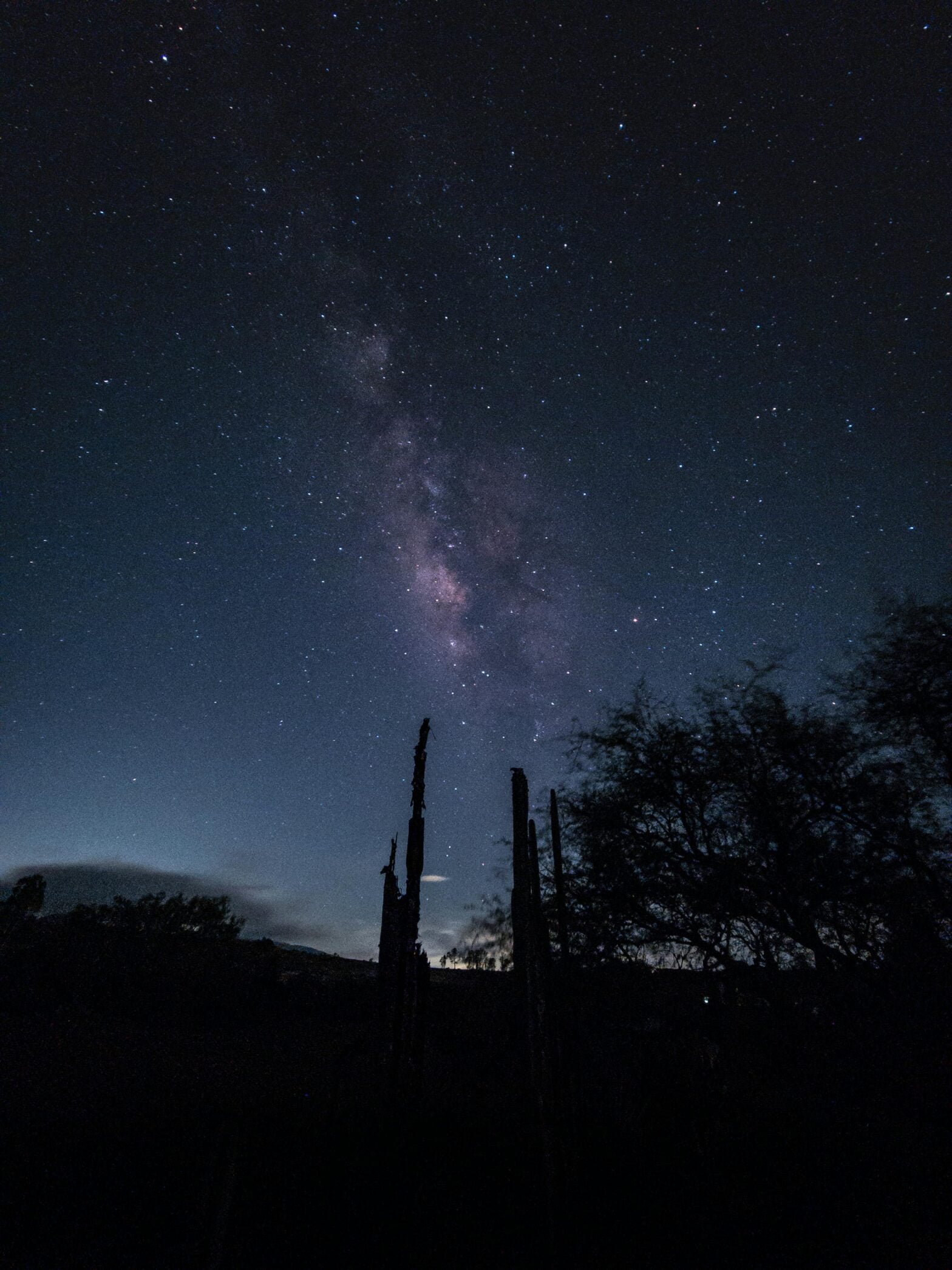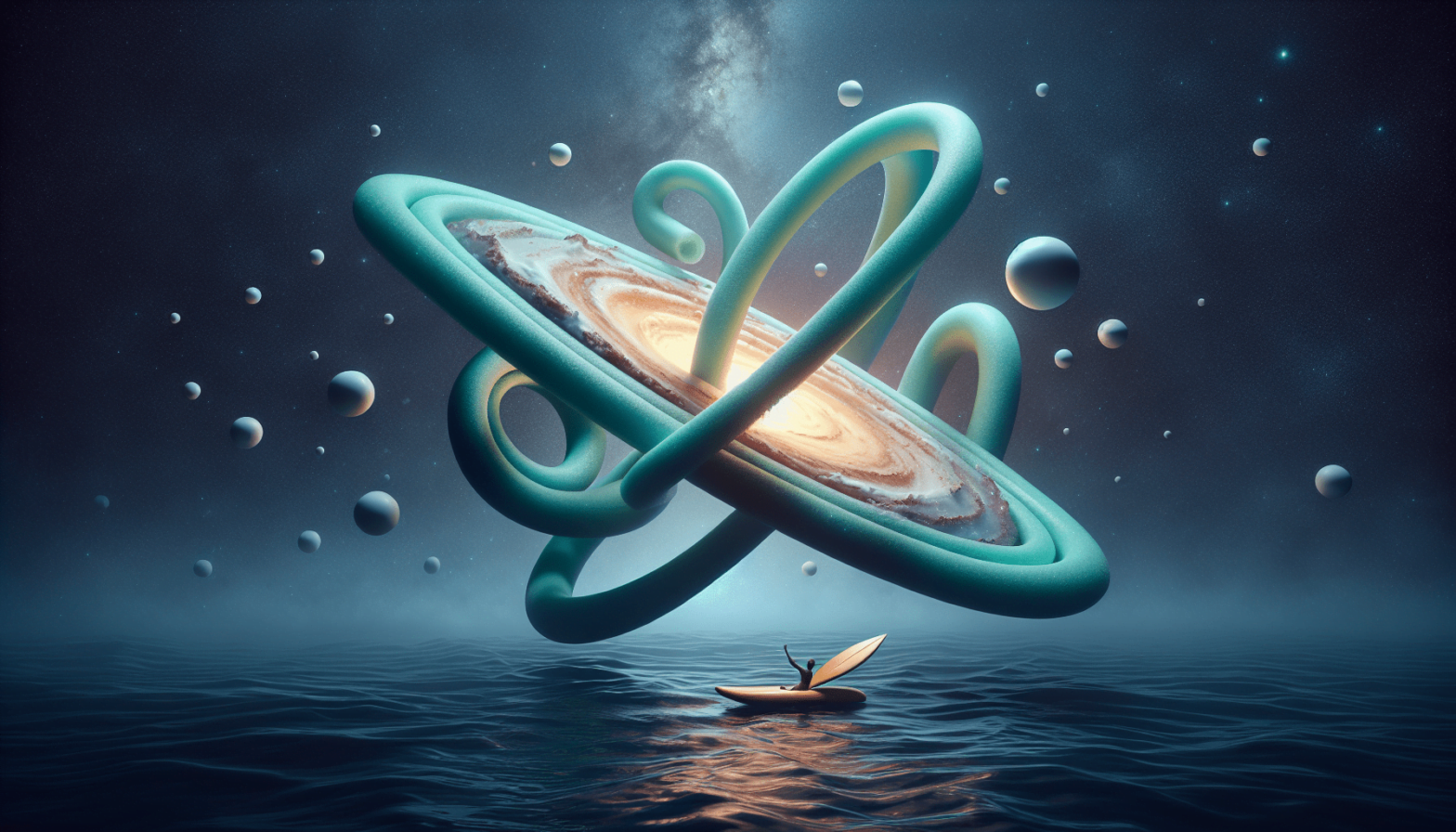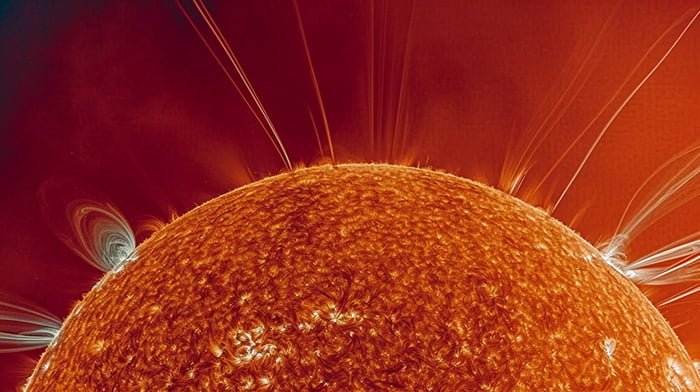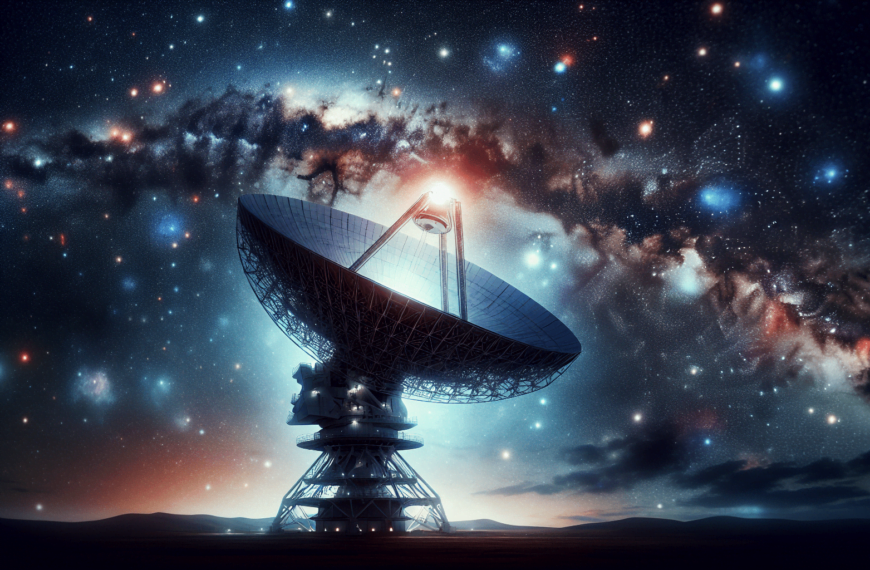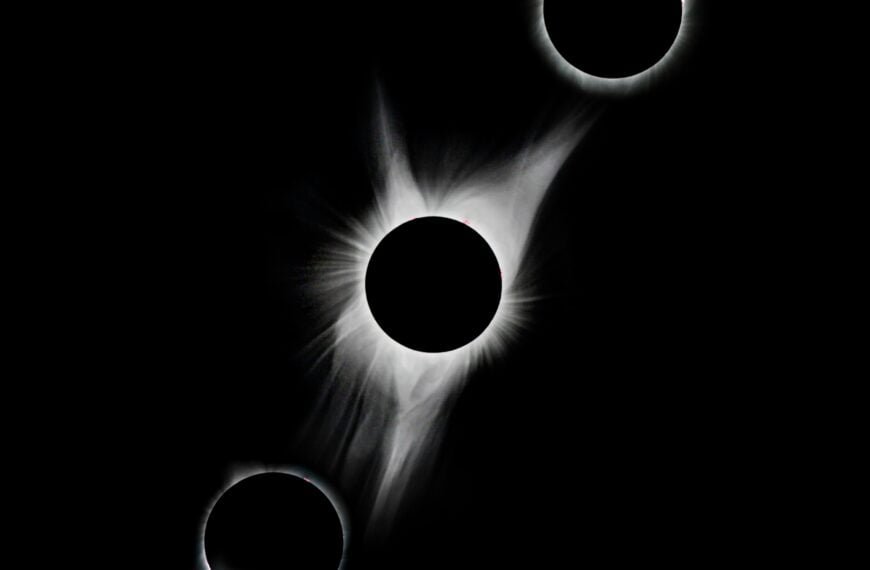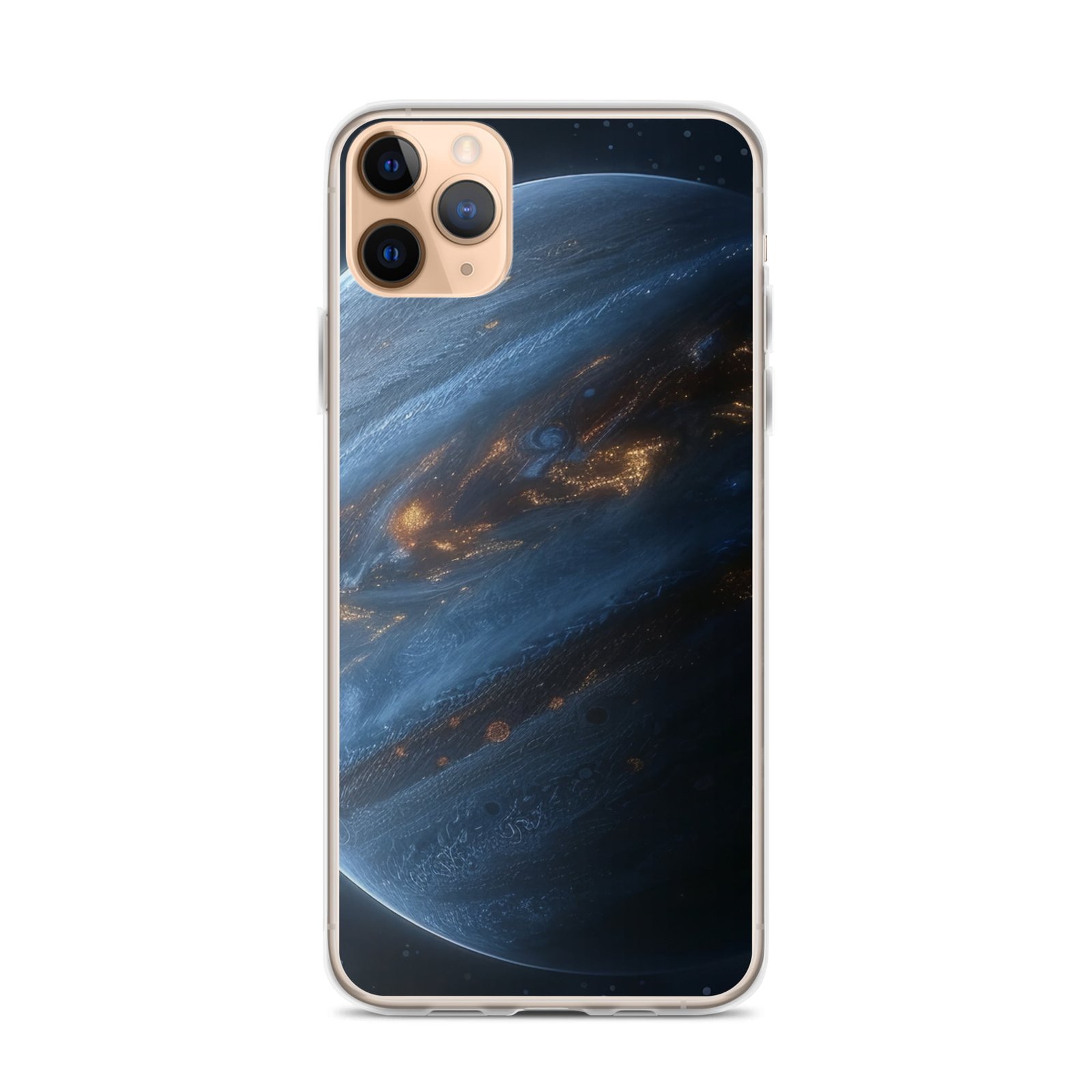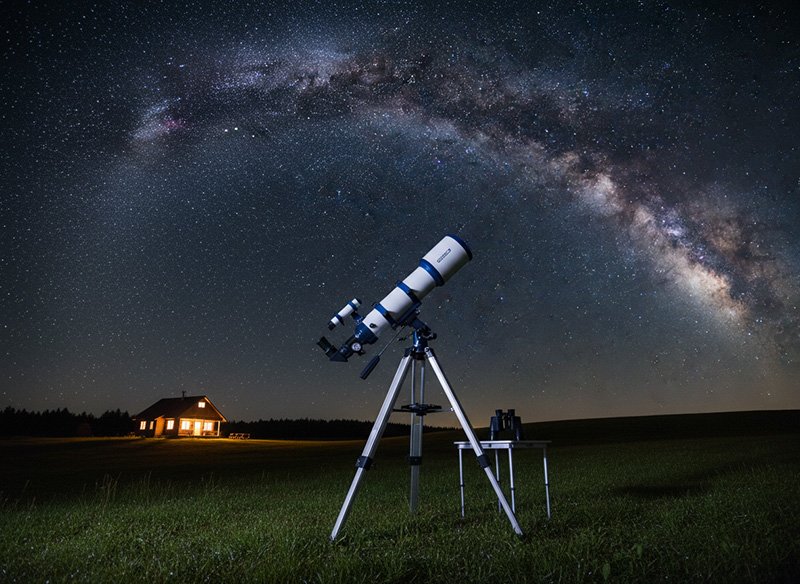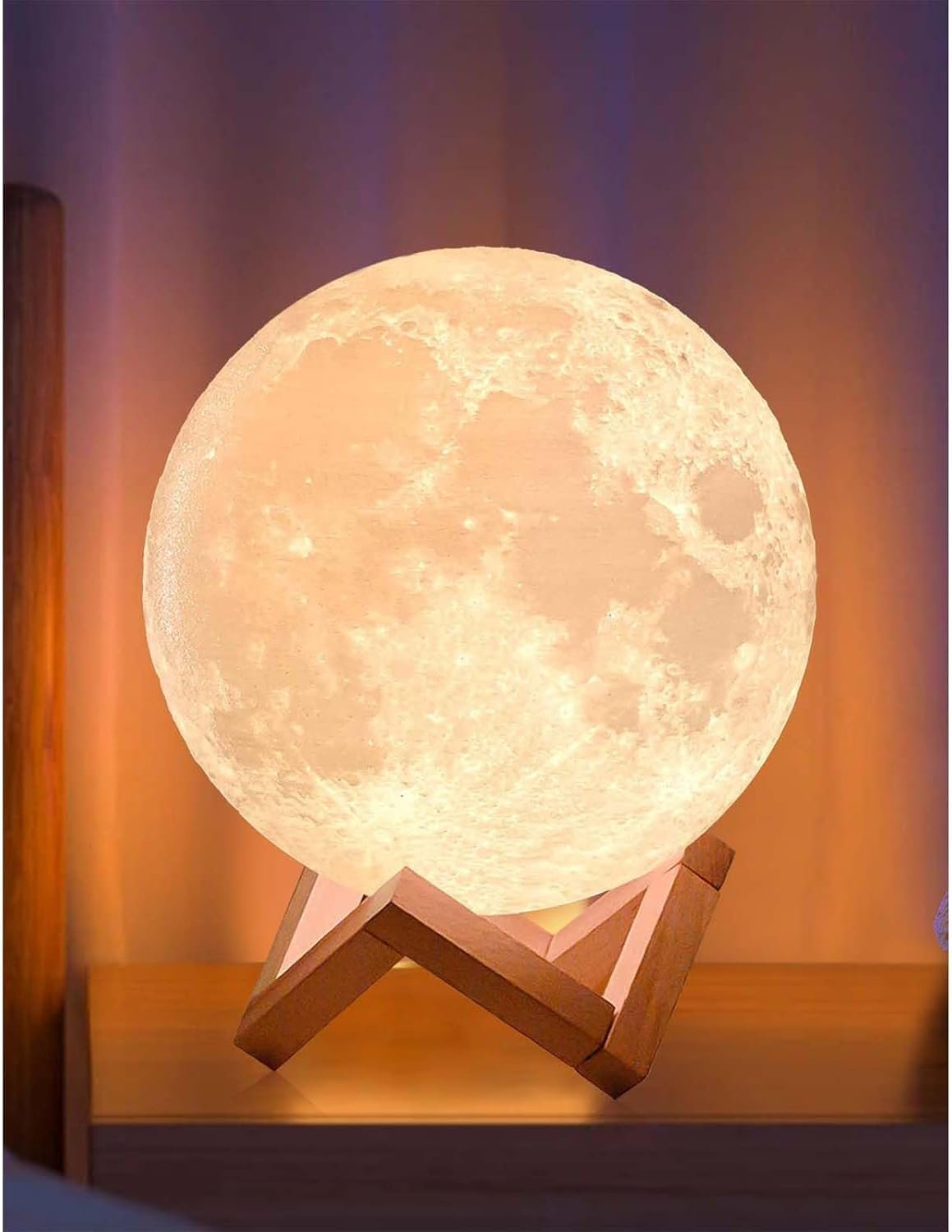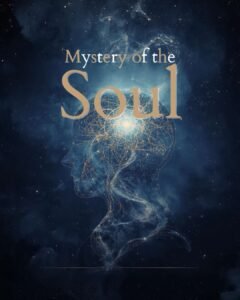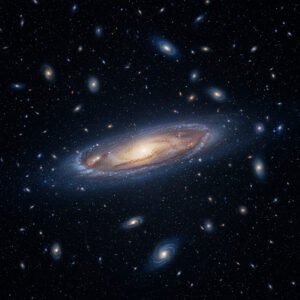Scientists have made an astonishing discovery in space – a massive ring-shaped structure that challenges our understanding of the universe. Dubbed the Big Ring, this cosmic megastructure has a diameter of 1.3 billion light-years and is among the largest structures ever observed. Its size is so immense that it defies the cosmological principle, which assumes that the universe looks the same in all directions on a large scale. The Big Ring provides further evidence that our current cosmological theories may be incomplete, or even require a complete rethinking. This surprising find was made by Alexia Lopez, a PhD student at the University of Central Lancashire, who stumbled upon the Big Ring and described the experience as incredibly surreal. This discovery sheds light on the mysteries of the universe and raises new questions about its fundamental nature.
Scientists Discover a Giant Ring-Shaped Megastructure in Space
Welcome to an exciting new discovery in the field of astrophysics! Scientists have accidentally stumbled upon a massive ring-shaped structure in space that challenges our understanding of the universe. This cosmic megastructure, known as the Big Ring, has left researchers in awe and has sparked a reevaluation of our current theories and principles. Let’s dive into the fascinating details of this discovery and explore its implications for our understanding of the cosmos.
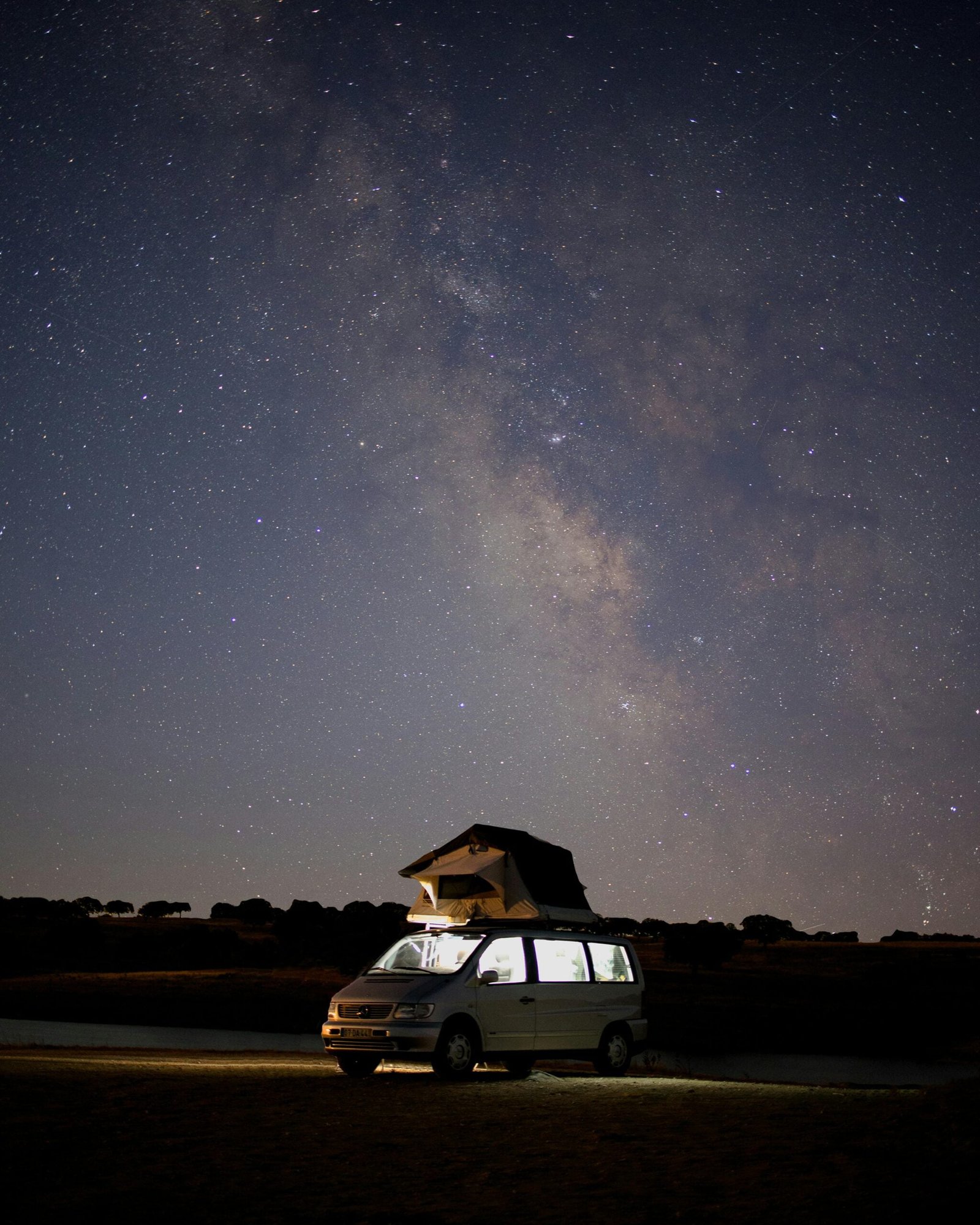
Overview of the Discovery
The Big Ring, as it has been named, has a staggering diameter of approximately 1.3 billion light-years, making it one of the largest structures ever observed in the universe. To put it into perspective, its size is roughly equivalent to 15 moons in the night sky as seen from Earth. This immense scale of the Big Ring presents a significant challenge to what is known as the cosmological principle.
Size and Scale of the Megastructure
The cosmological principle is a fundamental assumption in cosmology that states the universe looks the same in all directions on a large scale, suggesting homogeneity. However, the discovery of the Big Ring contradicts this principle. Situated more than 9 billion light-years away from Earth, it joins the growing list of large structures that defy our preconceived notions about the uniformity of the universe. These structures stretch the boundaries of what we believed possible based on current cosmological theories.
Challenging the Cosmological Principle
One of the researchers involved in this groundbreaking discovery, Alexia Lopez, a PhD student at the University of Central Lancashire, expressed her astonishment at the size and implications of the Big Ring. She stated that based on existing cosmological theories, the existence of structures on this scale was deemed impossible. It was once believed that there would be, at most, one exceedingly large structure within our observable universe. However, the prevalence of these large structures, such as the Big Ring and the previously discovered Giant Arc, calls for a reassessment of our standard model of cosmology.
Previous Discoveries Contradicting the Principle
Lopez’s previous discovery, the Giant Arc, spanning 3.3 billion light-years, is closely situated near the Big Ring. These anomalies in the universe continue to challenge our understanding and force us to confront the fact that our current model may be incomplete. As more of these peculiar structures are uncovered, the need for a new theorem of cosmology becomes increasingly apparent. These accidental discoveries serve as reminders of the vastness and complexity of the cosmos, urging scientists to explore alternative explanations and theories.
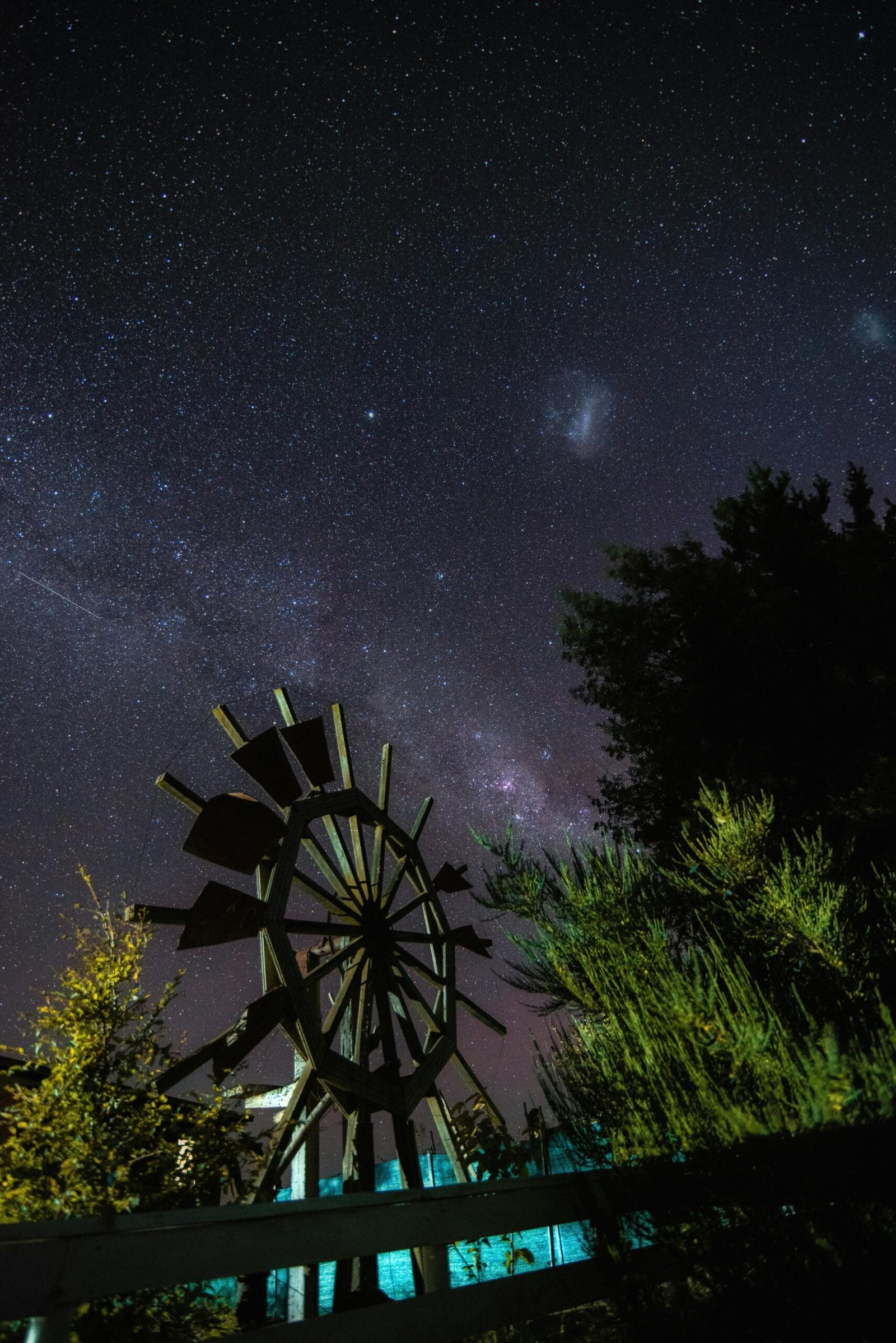
Implications for Cosmological Theories
The discovery of the Big Ring pushes researchers to consider new avenues for understanding the nature and evolution of the universe. As the findings were presented at the 243rd meeting of the American Astronomical Society, experts from various fields came together to discuss the implications of this cosmic megastructure. It opens up a world of possibilities and challenges traditional notions about the homogeneity of the universe. It is a catalyst for further exploration and analysis, prompting scientists to reexamine existing theories and work towards a more comprehensive understanding of the cosmos.
Accidental Discovery by Alexia Lopez
One cannot overlook the serendipitous nature of this discovery. Alexia Lopez, the PhD student who identified the Big Ring, stumbled upon it inadvertently. She describes the experience as “surreal” and admits to still pinching herself to believe the magnitude of her accidental findings. The chance discovery highlights the vastness of space and the potential for new and unexpected revelations that await scientists. It serves as a reminder that even the most meticulous planning and research cannot compare to the wonders that can unfold through sheer happenstance.
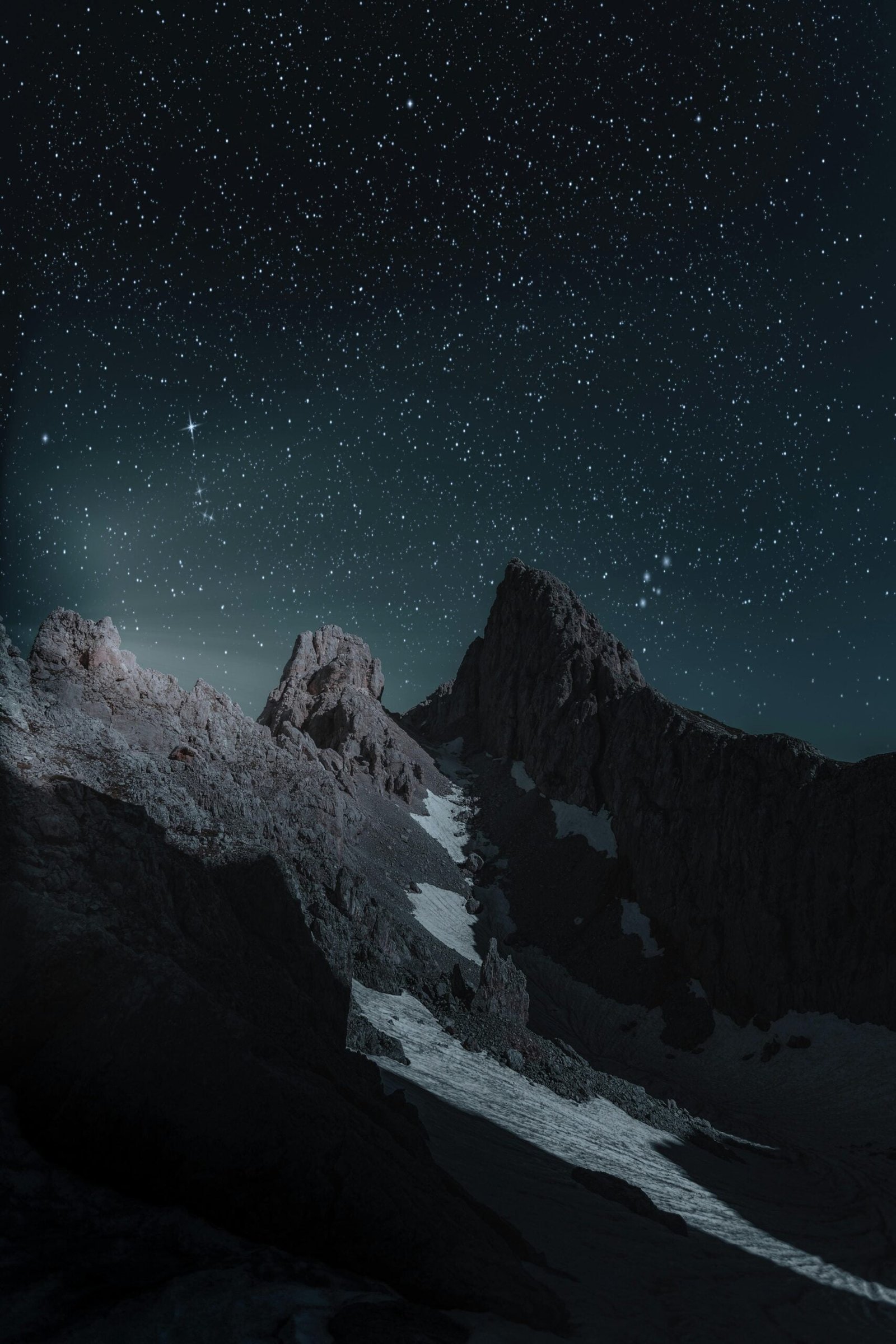
Unveiling the Shape and Composition of the Big Ring
Although the Big Ring is not observable to the naked eye, extensive analysis has revealed that it possesses a unique shape. While initially deemed a perfect ring, further scrutiny indicates that it has a coiled shape, akin to a corkscrew. This revelation provides valuable insights into its formation and evolution over billions of years. Additionally, researchers have elucidated that the Big Ring is predominantly composed of galaxies and galaxy clusters, adding to its mysterious qualities.
Presentation of Findings at the American Astronomical Society
The groundbreaking discovery of the Big Ring was unveiled at the 243rd meeting of the American Astronomical Society, held in New Orleans. Scientists from around the world gathered to witness the presentation of this remarkable finding and engage in discussions about its implications. The presentation served as a platform for collaboration and sparked further curiosity amongst experts in the field. This collective effort will undoubtedly contribute to our expanding knowledge of the universe.

Conclusion and Future Implications
In conclusion, the accidental discovery of the Big Ring has ushered in a new era of exploration and understanding in the realm of cosmology. This massive ring-shaped cosmic megastructure challenges our established theories and assumptions, igniting a fervor among scientists to delve deeper into the mysteries of the universe. As researchers continue to investigate the implications of this discovery, new questions will arise, and innovative theories will be proposed. The Big Ring serves as a reminder that there is still much to learn and discover about the vast expanse of space, inviting future generations of scientists to embark on fascinating cosmic journeys of exploration and knowledge.

